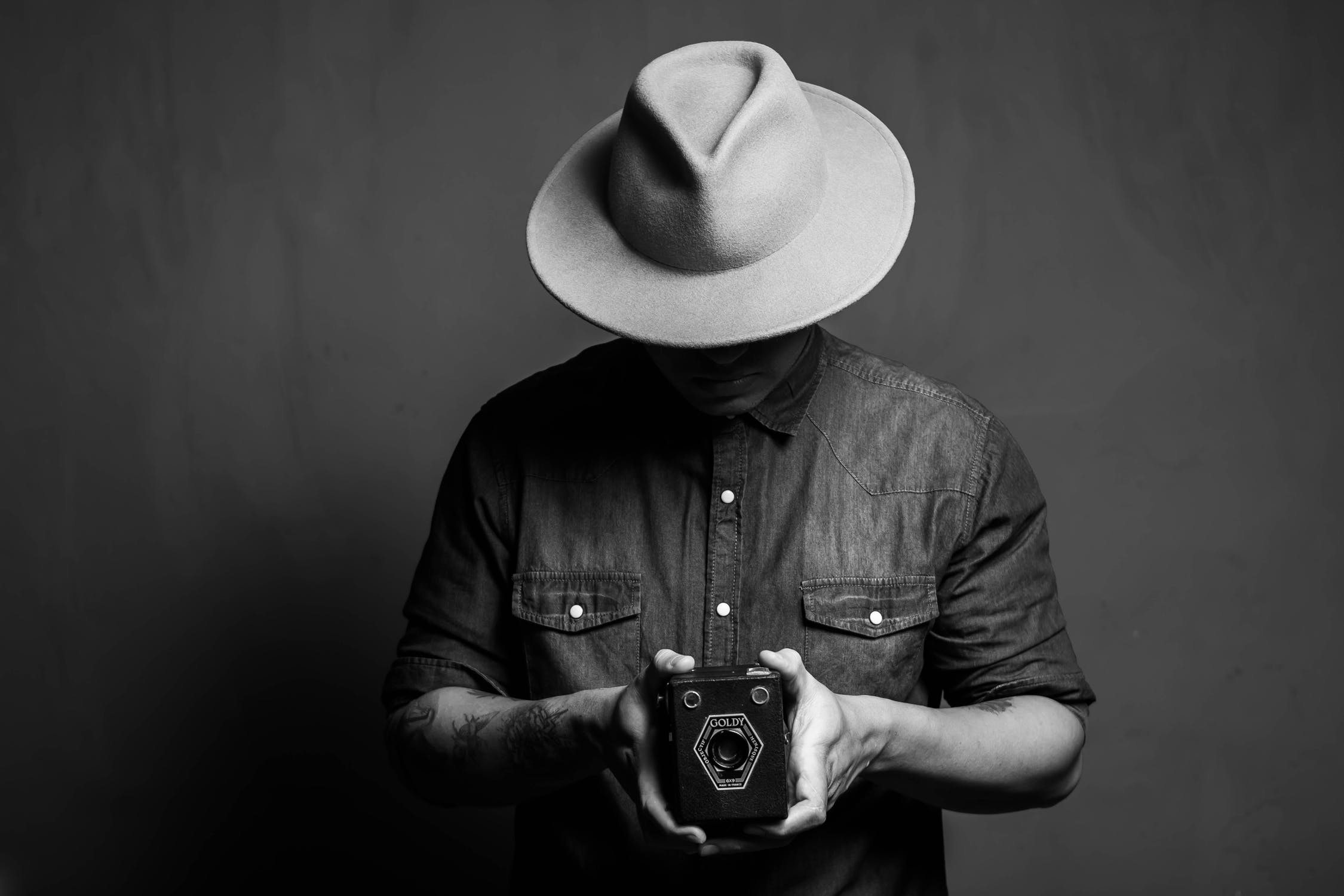When to shoot in color, and when in black and white
Published: 23.11.2021

Color plays a huge role in photography. Bright colors can create a mood, showcase the beauty of nature and people. Monochrome or black and white images allow for highlighting accents, showing contrasts, and drawing attention to specific details. Sometimes the same photo in black and white and color evokes completely opposite feelings. Black and white photography is often used for retro style, reportage shooting. Color photography is more relevant for the fashion industry, advertising photography, where it is necessary to emphasize the vividness and play of color shades. Color and black and white photography are absolutely different genres of photography that can intersect, complement each other, and be interchangeable." Some photographers prefer to shoot exclusively in color, while others prefer black and white photos, it all depends on your style, mood, and desires. It is impossible to definitively say when it is better to shoot in color and when to do black and white photography, try both options and choose what you think will have a stronger impact on the viewer, evoke a greater emotional reaction. With experience, you will understand how to better process colors in photos. Here are some tips that will help beginner photographers make a choice in favor of color or monochrome photos.
"When is it better to remove, and when to preserve the color in a photograph"
"We recommend what to pay attention to when choosing a color or black and white photo:"
2. Take a black and white photo if there is an object in the frame that needs to be emphasized. Monochrome images look good with a properly constructed composition and quality lighting. For example, shadows look better in black and white, try capturing an interesting reflection, play with shadows, and add contrast using monochromatic colors.
3. Determine what mood you want to convey to the viewers. A positive mood is easier to illustrate with colorful photographs, bright shades will add energy and cheerfulness. Sadness and melancholy are better reflected in black and white tones. If you want to show contemplation, hopelessness, inner torment, it is worth avoiding color.
5. Study the psychological impact of colors on a person. For example, the color red symbolizes excitement, passion, and sexuality, while blue conveys reliability and responsibility. Green evokes feelings of freshness and renewal, and yellow brings positive emotions. By removing certain colors, you can change the perception of a photograph. Carefully choose the colors of clothing, props, background, as they can influence the emotions of the viewers.
6. Try combining monochrome and color to create interesting and bright accents. For example, for a lipstick advertisement shoot, to draw maximum attention to the product, make the entire portrait black and white and leave the model's lips in color. Viewers will immediately understand what they are being shown and focus on what is necessary. You can highlight any part of the body or clothing item with color. It could be a red hat in a black and white photo or a bright green scarf against a gray background. This effect is also used for nature shots. For example, an orange leaf in a puddle against a dull autumn sky looks interesting, telling the viewer that no matter how gray it may be around, there will always be a drop of brightness and beauty.
7. With black and white photography, you can excellently convey texture. Although the concept of texture is more tactile, it can also be visually conveyed. Smoothness, roughness, coarseness of a surface are better noticeable in black and white images, where color does not distract attention. For example, wrinkles on the face or calluses on hands will be more visible in monochrome photos. Try to convey the texture and structure, help the viewer not only see, but also feel what is depicted in the photograph.
9. For portrait photography, choose the color depending on the model's mood. If the girl is laughing or flirting, it's better to leave the photo in color to fully show the range of emotions. Anger, rage, sadness will look more striking in black and white tones, as color would distract from the emotion.
10. If you want to make a photo look rare, showcasing its historical aspect, definitely choose black and white processing. You can add wear and tear, scratches to enhance the antique effect of the photo. Black and white photos are often used in journalism, as they are perfect for the reportage genre.
Choosing the color when processing a photo is an important and responsible task. Whether the photo will receive a response or not depends on your decision. Always shoot in color, as you can always convert a color photo to black and white in graphic editors, but you may not have the opportunity to reshoot the same frame twice. Save photos in RAW format, then it will be easier for you to work with the image in Photoshop. Experiment, try different shades and methods of processing photos. Over time, you will find your own style and learn to create mood and convey emotions through color.
Cool photos deserve unusual framing. Print your cool photos in a Polaroid style. Fans of instant photography from the 90s may experience familiar feelings when holding a photo in Polaroid style. For those unfamiliar with traditional Polaroids, square images with space for captions will be appealing.













